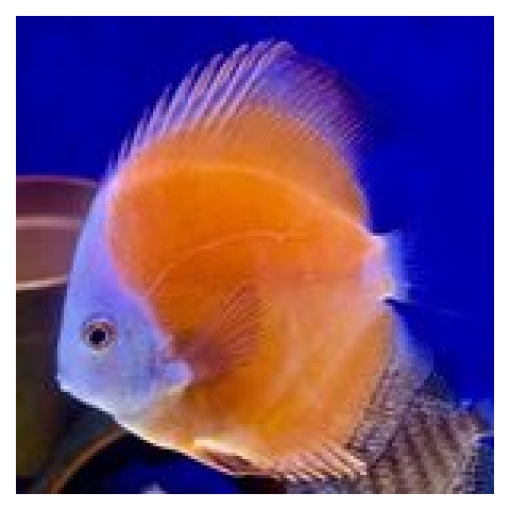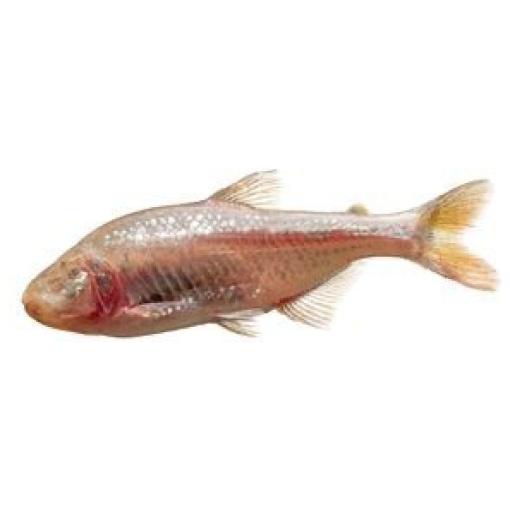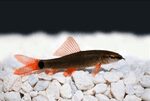The Serpae Tetra 3.0 cm comes from South America, particularly in upper Paraguay and the Madeira and Guapore regions. They frequently inhabit the densely-vegetated and stagnant waters of tributaries, ponds, and small lakes. They stay close to the surface among the plants and feed on worms, crustaceans, insects, and plant matter. They are a gregarious species and live in groups but will frequently bite each other’s fins during feeding.
The Serpae Tetra 3.0 cm is a very durable fish that is a great choice for the beginning fish keeper. Although these fish are easy to care for, they do have some traits that are less then ideal and can make them a poor choice for tanks with passive inhabitants. These fish can be very boisterous and are known to harass other fish. This, in turn, can stress shy or gentle tankmates.
Since they are omnivorous, Serpae Tetra will generally eat all kinds of live, fresh, and flake foods. To keep a good balance, give them a high quality flake food every day. Feed brine shrimp (either live or frozen) or blood worms as a treat. These tetras like several feedings a day, but offer only what they can consume in about 3 minutes or less at each feeding.
These fish are fairly hardy, and a school of 6 or more will do best in about an 80 litre aquarium. They need a high quality filter but make sure it does not create too much current as these fish prefer more sluggish waters. Lighting in the tank should be dim as they come from areas that have dense forest cover.
The aquarium should be heavily planted around the sides and back and have plenty of open water for swimming in the front. A few hiding places would be appreciated. Woodwork and floating plants will make them feel comfortable. A biotope tank is preferred by the Serpae Tetra. Use a substrate of river sand, and add scattered driftwood and twisted roots to give the tank a natural feel.
- Species – Hyphessobrycon eques
- Common Name – Serpae Tetra
- Origin – South America
- Diet – Omnivore
- PH Range – Alkaline 6 – 7.5
- Temperature – Tropical 22-26°c
- Breed Type – egg layer
- Current Size – approximately 3.5cm (Grows to approximately 4cm)
- Sex – Un-sexed










